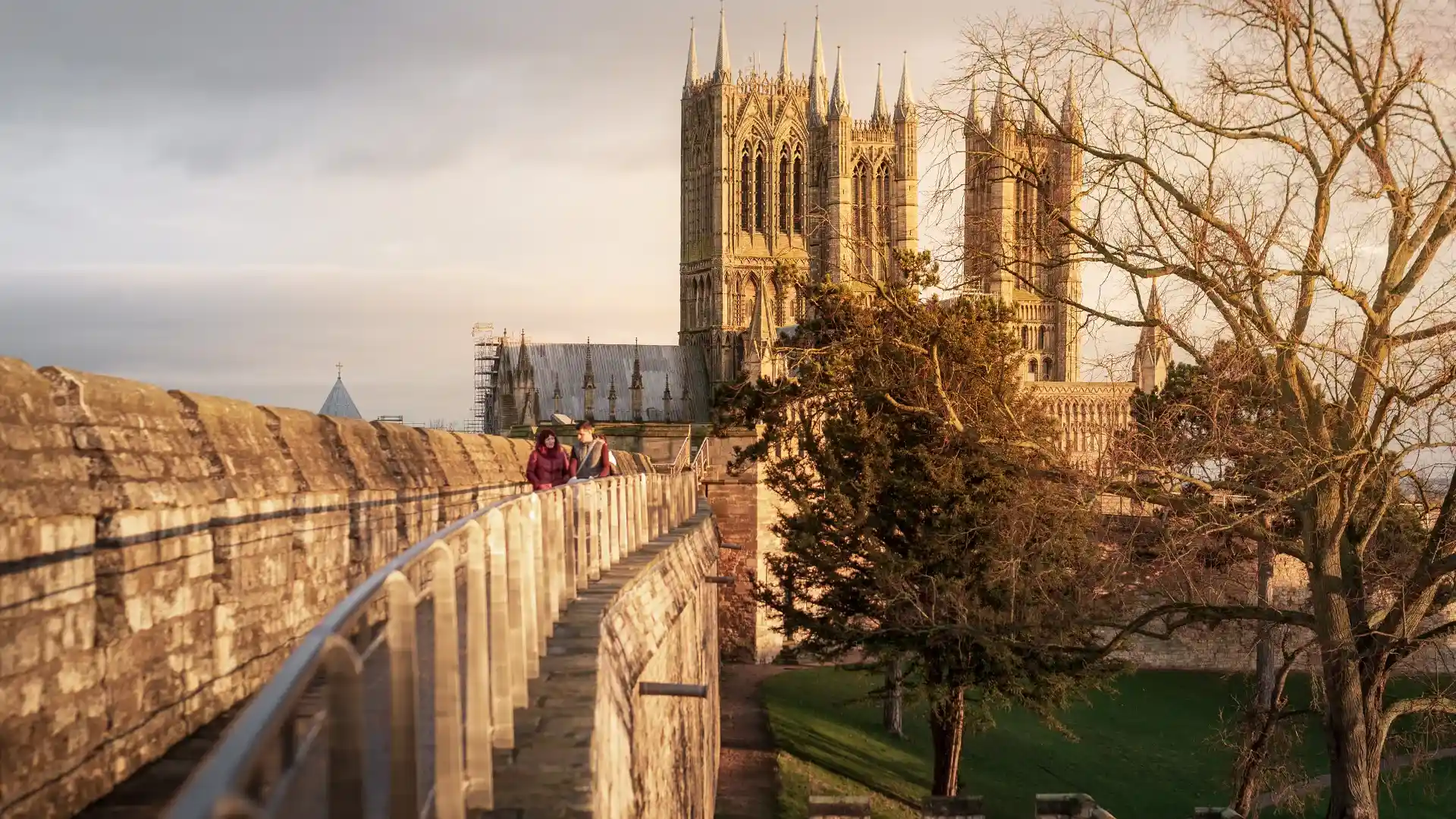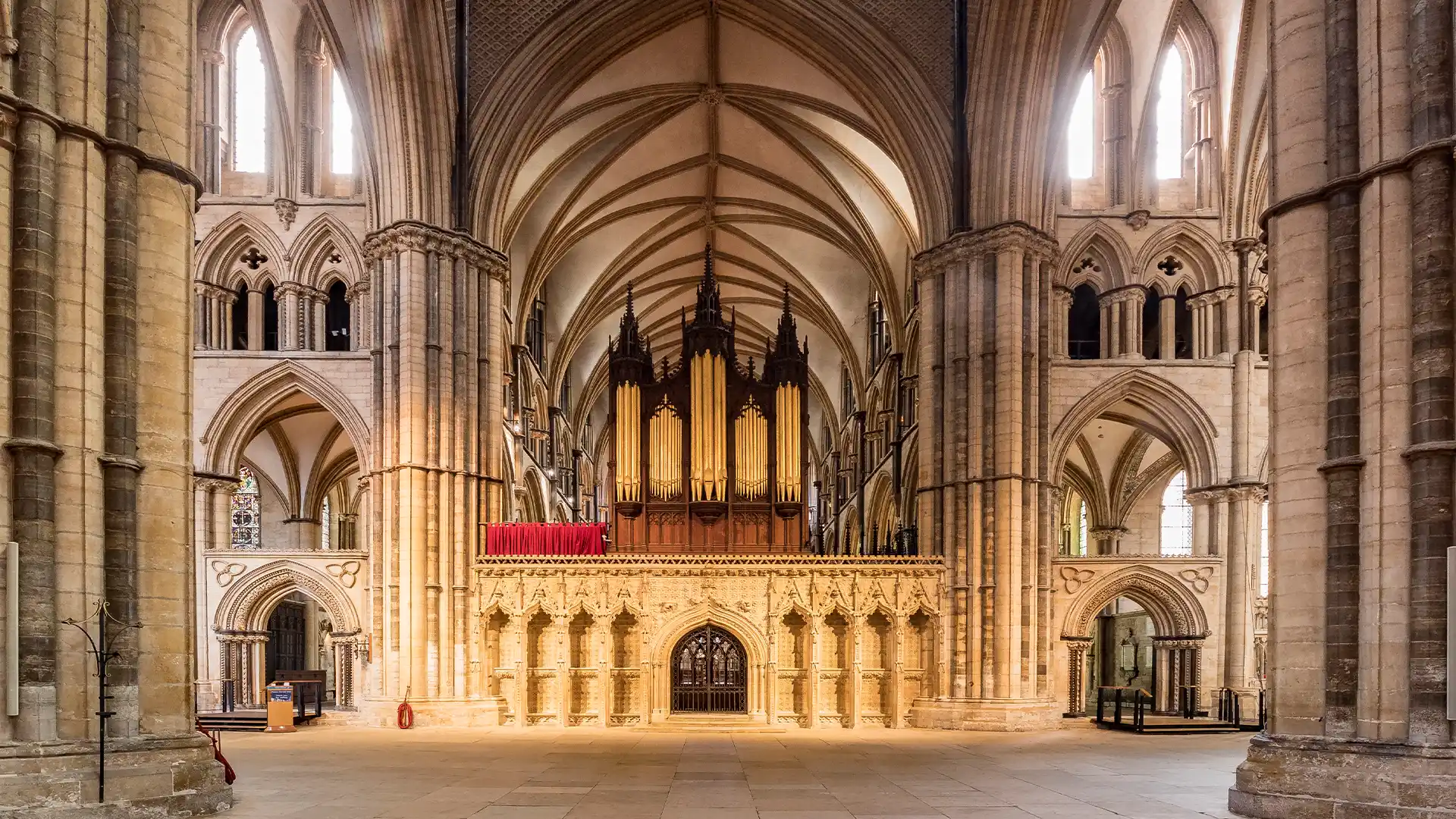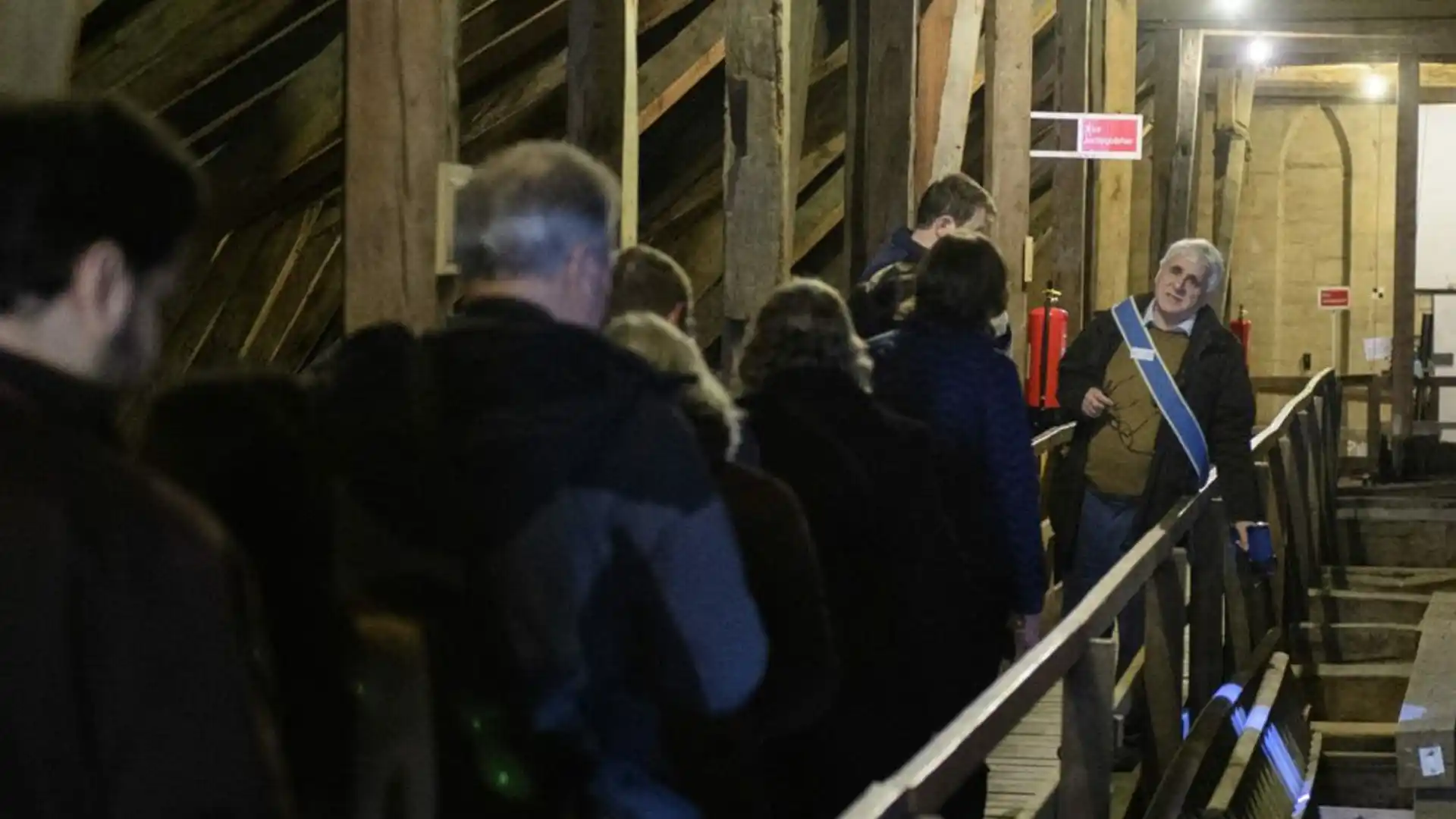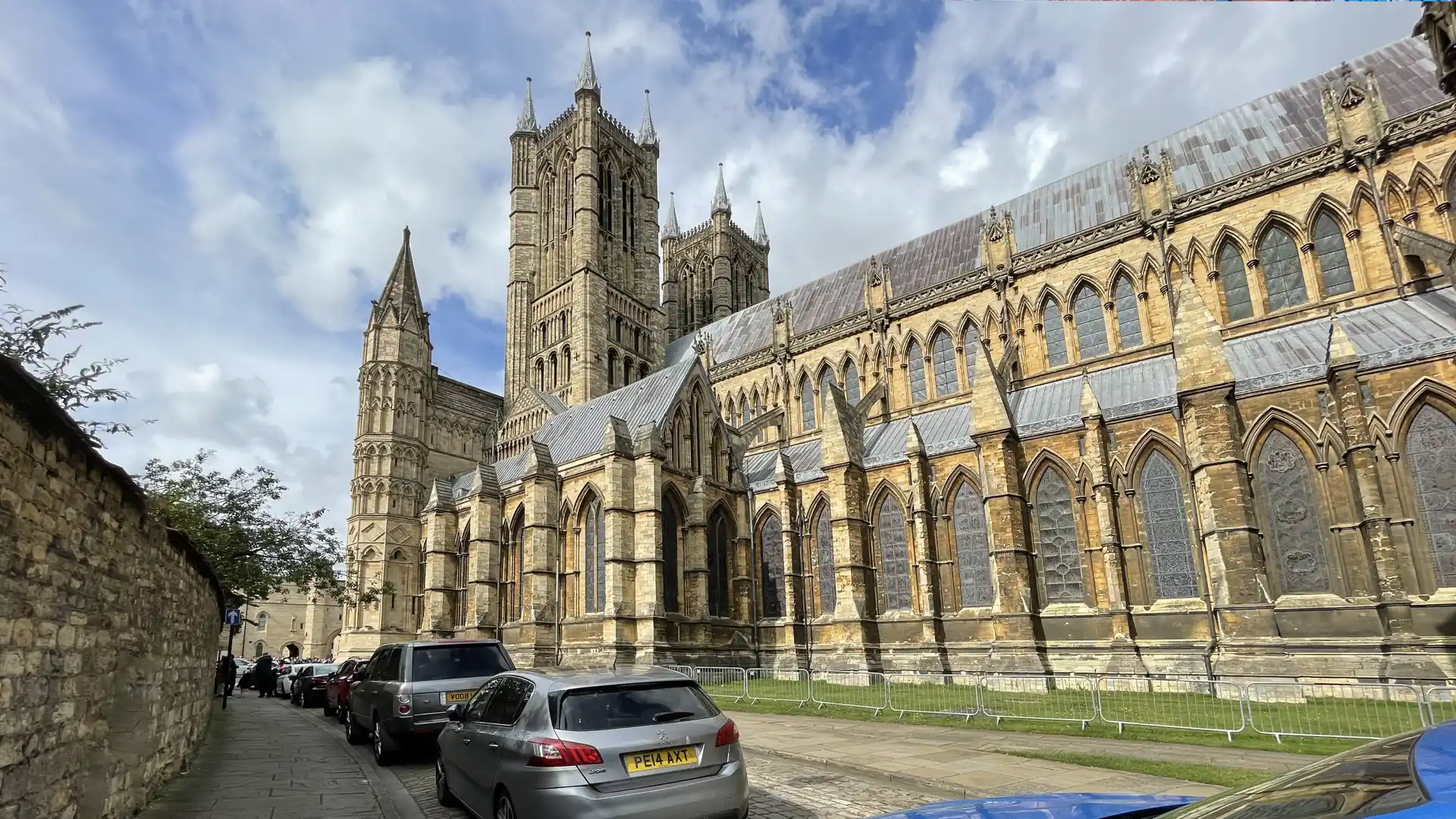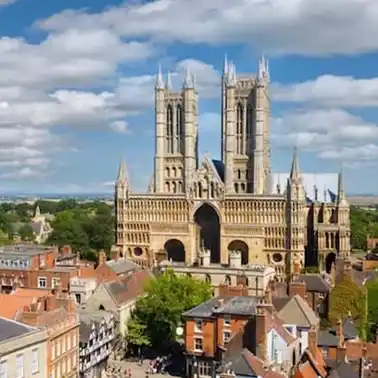Lincolnshire’s history and heritage is long and fascinating. This largely agricultural county has played an important role throughout British history.
Amongst other things, Lincolnshire is home to the very first Norman castle built in England, was birthplace to King Henry IV and has played a crucial role in two World Wars.
Lincolnshire’s Roman History
Lincolnshire was of huge strategic importance to the Romans as they marched northward in their quest to conquer Britain. Roman forts were constructed across Lincolnshire, including at Ancaster, Caistor and Louth. Lincoln, or Lindum Colonia, became one of the largest and most influential Roman towns in England; many impressive Roman remains are still scattered across the city.
Roman roads are a significant part of that era’s history, with two of the most important built through Lincolnshire. Ermine Street, linking London with York, and Fosse Way, from Lincoln to Exeter, are still used. Travel along a very straight road in Lincolnshire – chances are it’ll be one of those two! The Fosse Dyke canal was constructed to link Lincoln with the River Trent, then from there to the Rivers Ouse and Humber and eventually the North Sea.
For more information about Roman Lincolnshire, please click here.
Lincolnshire’s Norman History
After the Battle of Hastings in 1066, the Normans (like the Romans before them) had to fight their way across the length and breadth of England in order to gain control. For nearly five years, William the Conqueror and his army lived like an invading force, putting down a number of Anglo-Saxon rebellions as they marched north and west. In order to strengthen his hold on power, he had a series of castles built across England.
Having passed through Lincoln in 1067 on his way north, William had recognised the strategic importance of its old Roman fort. Not only was it set on top of a hill overlooking both the town and the Trent Valley, it also had excellent transport links in the shape of Fosse Dyke, Ermine Street and the Fosse Way. William ordered a new Norman castle to be constructed on the site of the old Roman fort – in 1068, Lincoln Castle became the very first Norman castle to be built in England.
To further consolidate Norman power in the north, William ordered one of his most faithful supporters, Archbishop Remegius, to transfer ecclesiastical power to the city and build a new cathedral.
Lincoln Cathedral was finally consecrated in 1092, just days after the death of Archbishop Remegius.
Lincolnshire’s Royal Connections
Henry Bolingbroke, son of John of Gaunt and Blanche of Lancaster, was born at Bolingbroke Castle in 1366. A year after his birth, Henry’s mother died of the plague, meaning his father inherited all of her Lancastrian titles and wealth. In 1399, Henry usurped King Richard II to become the first English Lancastrian king.
Catherine Parr, sixth and surviving wife of King Henry VIII, once lived in the town of Gainsborough. She also spent time in Kirton-in-Lindsey during her first marriage to Sir Edward Burgh. In 1543, she married King Henry VIII at Hampton Court Palace.
Lincolnshire and The English Civil War
Lincolnshire played a pivotal role during the English Civil War. Loyal to the crown, the county suffered several bloody battles in 1643. These resulted in defeat for the Royalists in Lincolnshire, marking the beginning of the end for King Charles I and his Royalist supporters.
Between the months of May and July 1643, the Parliamentary Forces led by Oliver Cromwell and Lord Willoughby defeated the Royalists during the Battles of Grantham and Gainsborough.
It was at The Battle of Winceby in October 1643, that Cromwell defeated the Earl of Newcastle (for the Royalists) and thus ended their southward march on the capital.
Lincolnshire and The Pilgrim Fathers
Although it is widely known that, in 1620, the Pilgrim Fathers set sail on the Mayflower from Plymouth to America in search of a better life, it is less well known that a significant number of them were from Lincolnshire.
Ten years later, another group of settlers from Boston in Lincolnshire went to live in Massachusetts. They, incidentally, named their new settlement after their home town. Boston, Massachusetts, is of course now one of the USA’s most important cities.
For more information about Lincolnshire and The Pilgrim Fathers, please click here.
Lincolnshire’s Georgian History
The Georgian era of history is renowned for its style and elegance. Lincolnshire has many delightful Georgian towns; Stamford is an excellent example of the grace and elegance of Regency architecture and is one of England’s finest Georgian towns.
Georgians were also fascinated by learning and exploration. One of the most eminent scientists of the time was Lincolnshire-born Sir Joseph Banks. Sir Joseph was a botanist who accompanied Captain Cook on his voyage to circumnavigate the globe. He later became President of the Royal Society and helped King George III to turn the Royal Botanic Gardens into the finest botanical gardens in the world.
Lincolnshire’s Victorian History
During the Victorian era, several important engineering companies sprang up across Lincolnshire. These regularly supplied the county’s agricultural industry with innovative new machinery. Ruston’s of Lincoln (now part of Siemens) manufactured steam locomotives and internal combustion engines, whilst Clayton & Shuttleworth manufactured portable steam engines and threshing machines.
Richard Hornsby & Sons of Grantham mass-produced the world’s first oil-driven engines, while William Foster & Co of Lincoln produced high-quality agricultural machinery. Nearly a century later, these two would combine to invent a vehicle that would change the nature of warfare forever (see below).
Lincolnshire and the Invention of the Tank
The huge loss of life during World War One is well documented. By 1916, both sides had become locked into a war of attrition, often quite literally bogged down by the mud and mire of the trenches. Something to break the stalemate was desperately needed.
In 1915, Winston Churchill, the First Lord of the Admiralty, set up the Landships Committee in order to tackle the difficulties of trench warfare. William Foster & Co of Lincoln were commissioned by the the committee to convert a tractor with caterpillar wheels (first invented by Richard Hornsby & Sons of Grantham) into a ‘mechanically propelled landship’.
William Ashby Tritton, chairman of William Foster & Co, and naval Lieutenant Walter G Wilson, set about the task. A room was set aside for them to use as a drawing office at The White Hart Hotel in Lincoln. Early trials of the machine resulted in failure, so the pair returned to Richard Hornsby & Sons’ original drawings for their oil-driven tractor with caterpillar wheels. By the end of 1915, the world’s first prototype tank, known as ‘Little Willie’, had been built.
For more information about Lincolnshire and the invention of the tank, please click here.
Lincolnshire and World War II
Lincolnshire was known as ‘Bomber County’ during the Second World War. Its flat terrain and easterly location made Lincolnshire the perfect place to build RAF airbases. The county, in fact, had more airbases than anywhere else in Britain.
617 Squadron, more famously known as The Dambusters, led by Wing commander Guy Gibson, were based at RAF Scampton.
The Lincolnshire Aviation Heritage Trail follows the story of the RAF during the Second World War in Lincolnshire.

